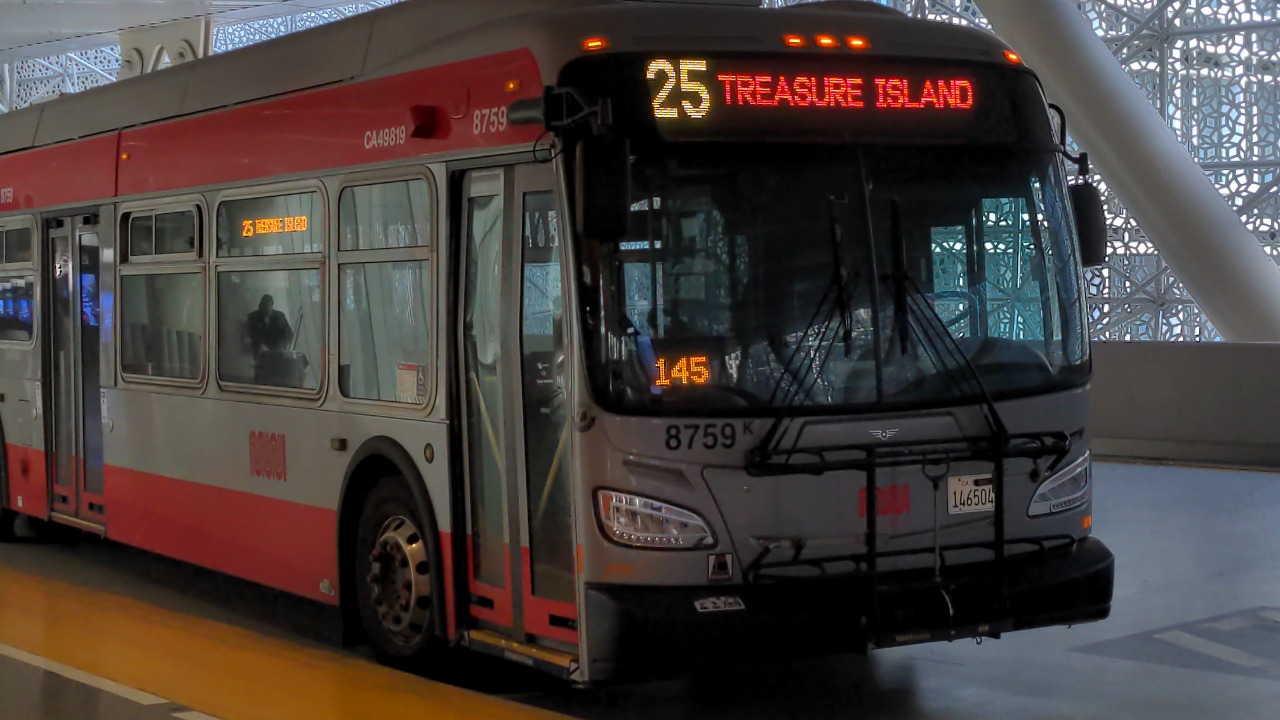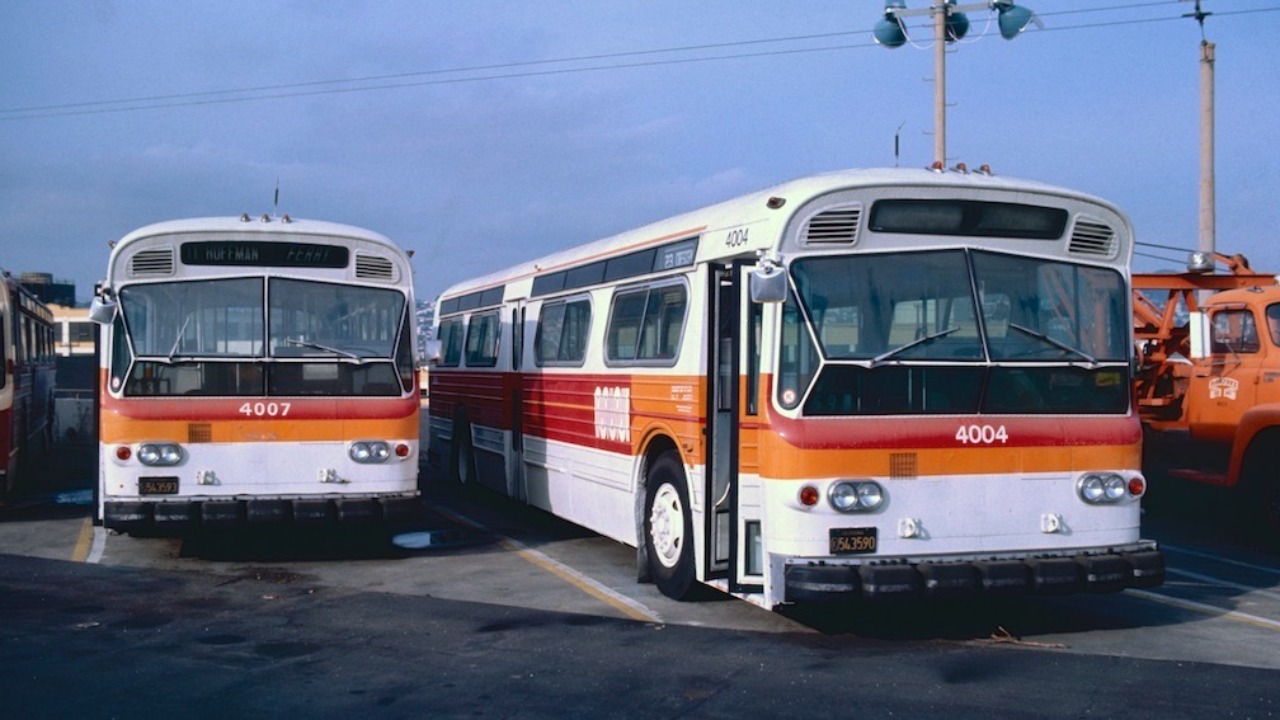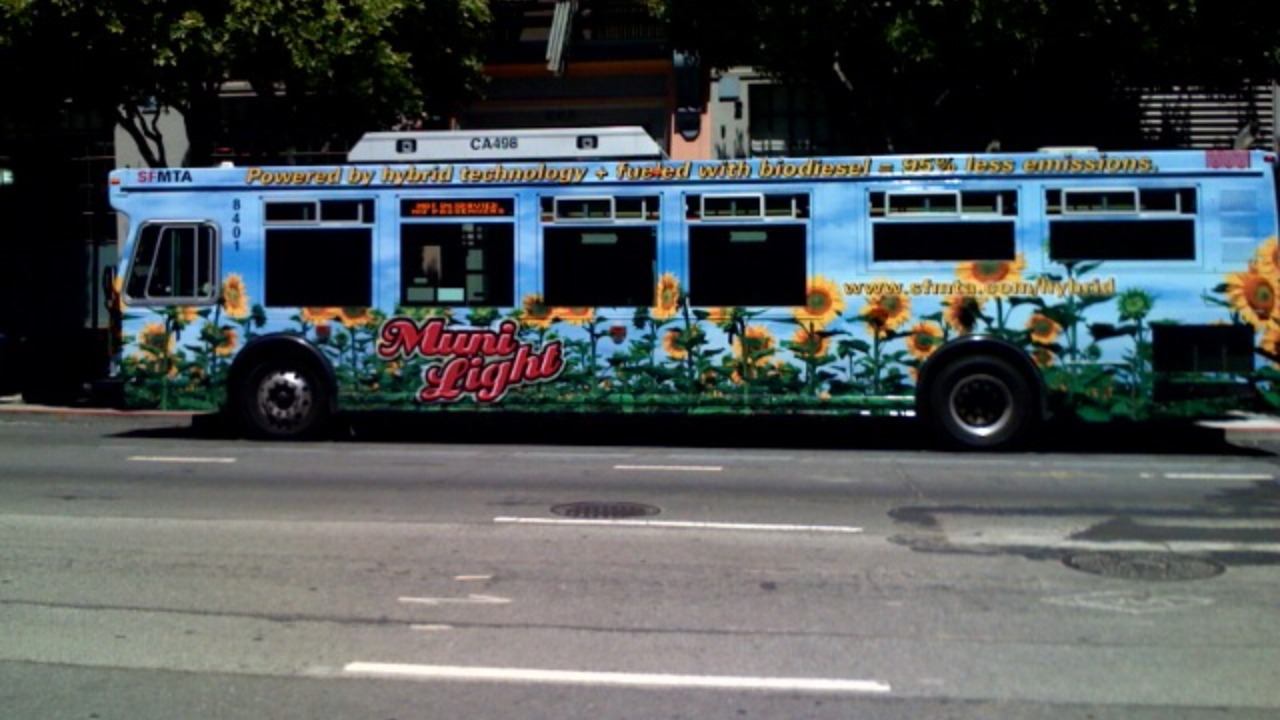
San Francisco’s ‘Super Bus’, a once-proposed replacement for the city’s iconic cable cars, made a surprising return to service after a 72-year hiatus, only to vanish from the streets once more.
Historical Context

The ‘Super Bus’ was originally conceived as a modern alternative to San Francisco’s traditional cable cars. The city’s transportation authorities believed that this new form of public transport could offer a more efficient and cost-effective solution for the city’s growing population. However, the ‘Super Bus’ faced a series of challenges that led to its initial disappearance 72 years ago. As reported by the SF Chronicle, the ‘Super Bus’ was met with resistance from the public who held a deep affection for the city’s cable cars, viewing them as an integral part of San Francisco’s identity.
Moreover, the ‘Super Bus’ faced technical difficulties and operational challenges that further hindered its acceptance. The high costs associated with maintaining and operating the ‘Super Bus’ coupled with the public’s lukewarm reception led to its eventual withdrawal from service.
The ‘Super Bus’ Return

After seven decades, the ‘Super Bus’ made an unexpected return to the streets of San Francisco. The city’s transportation authorities decided to reintroduce the ‘Super Bus’ as part of a heritage weekend event, giving residents and tourists alike the opportunity to experience this unique piece of the city’s history. SlashGear reports that the return of the ‘Super Bus’ was met with curiosity and excitement by many, who were eager to ride this historic vehicle.
Despite its initial failure, the ‘Super Bus’ was viewed by some as a symbol of innovation and progress, reflecting San Francisco’s pioneering spirit in the realm of public transportation. Its return was seen as a chance to revisit a forgotten chapter in the city’s history and to engage with the city’s past in a tangible way.
The ‘Super Bus’ Disappearance Again

However, the ‘Super Bus’ did not stay long. Its second disappearance from the city’s streets was as sudden as its return. According to SlashGear, the reasons for its second withdrawal have not been explicitly stated, leaving many to speculate about its future. This disappearance has raised questions about the viability of such heritage vehicles in a modern cityscape and their role in public transportation.
The implications of this disappearance for public transportation in San Francisco are yet to be fully understood. However, it does highlight the ongoing challenges faced by cities in balancing the preservation of historical heritage with the need for efficient and modern public transportation systems.
While the exact reasons for the ‘Super Bus’ second disappearance remain undisclosed, SlashGear suggests that the same issues that plagued the ‘Super Bus’ during its initial run may have resurfaced. The operational challenges and high maintenance costs, coupled with the public’s preference for the city’s traditional cable cars, could have contributed to its sudden withdrawal.
Furthermore, the ‘Super Bus’ disappearance again underscores the complexities involved in integrating historical vehicles into a modern public transportation system. As cities like San Francisco continue to evolve and grow, the question of how to incorporate and preserve historical elements in a way that does not compromise efficiency and cost-effectiveness becomes increasingly pertinent. The ‘Super Bus’ serves as a case study in this ongoing dialogue, highlighting the delicate balance that must be struck between progress and preservation.
Despite its disappearance, the ‘Super Bus’ has left an indelible mark on the city’s transportation history. Its return, albeit brief, sparked conversations about the city’s past and its future, prompting residents and city officials alike to reflect on the role of heritage in shaping the city’s identity. According to the SF Chronicle, the ‘Super Bus’ story serves as a reminder of the city’s innovative spirit and its commitment to preserving its unique cultural heritage, even as it continues to forge ahead into the future.
Comparison with Cable Cars

Comparatively, San Francisco’s cable cars have remained a beloved and enduring feature of the city’s public transportation system. Despite being less efficient and more costly to operate than modern buses, the cable cars hold a special place in the hearts of residents and tourists alike. The SF Chronicle notes that the public sentiment towards the cable cars is largely positive, with many viewing them as an essential part of the city’s charm and character.
As for the future of the ‘Super Bus’ and cable cars in San Francisco, it remains uncertain. While the city continues to explore ways to modernize its public transportation system, the preservation of its historical heritage remains a key consideration. Whether the ‘Super Bus’ will make another comeback or if the cable cars will continue to charm the city’s streets is a story that is yet to unfold.